In the winter season of cold, snow and holiday music, the North American bird breeding and nesting season seems months away. It’s not until the trees begin to bud and flowers bloom that the birdsong fills the air.
And that’s true. But not for great horned owls.
Winter is the time to enjoy the great horned owl breeding season–a time when these charismatic birds are much easier to see and hear.
It’s the hooting season.
Don a winter cap and head out to your local park or walking trail to enjoy one of the season’s coolest spectacles. Here’s what you need for your next owl outing.
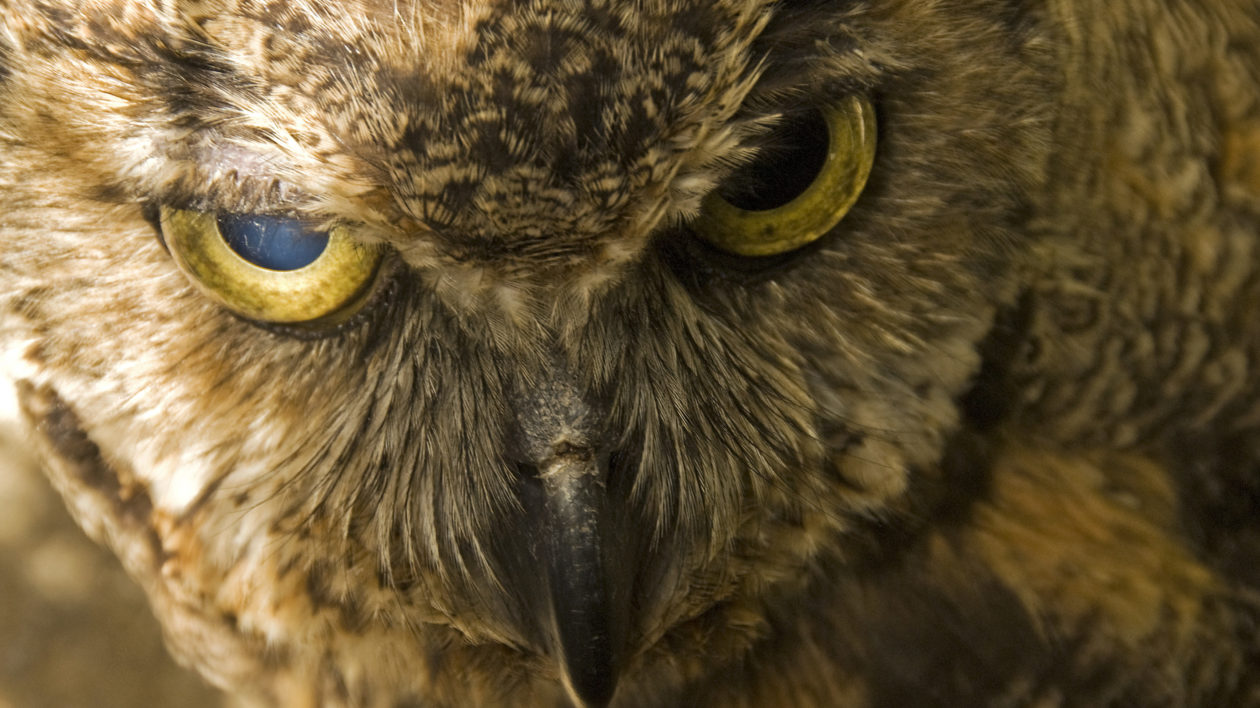
Into Owl Territory
The great horned owl, of course, is one of the most recognizable birds in the Americas, with its pointy feather tufts (the “horns”) and large fluffy appearance.
This is the prototypical “wise old owl,” and the owl of cartoons and children’s books.
It’s also incredibly adaptable, found from Canada to Patagonia, and most places in between. It is at home in desert and wetland, forest and prairie. And it also has no trouble thriving around people: you can find them in parks, farms, small woodlots, suburbs and cities.
Despite this, they’re not always easy to spot due to their nocturnal habits. But at this time of year, in the right location, a chorus of hoots provides the soundtrack to dawn and dusk.
That’s because, around October, male great horned owls begin setting up territories. Most great horned owls mate for life, but in the fall the pair begin a courtship display, loudly calling to each other.
Become a Member
Make a lasting impact for nature when you join The Nature Conservancy
The great horned owl’s hoot is pretty much unmistakable, although ornithology web sites often describe it in different ways. A common hooting pattern is a longer hoooooot, followed by two or three shorter hoots.
And these owls have a range of other vocalizations, too, some of which sound like barks or a screeching cat. (Cornell’s All About Birds site features some great audio of these different calls).
The owls continue setting up their territory this month, and begin setting up a nest.
They’ll use an abandoned nest previously used by a red-tailed hawk, squirrel or other critter. Come January, they’ll begin setting in the nest–far earlier than most other birds.
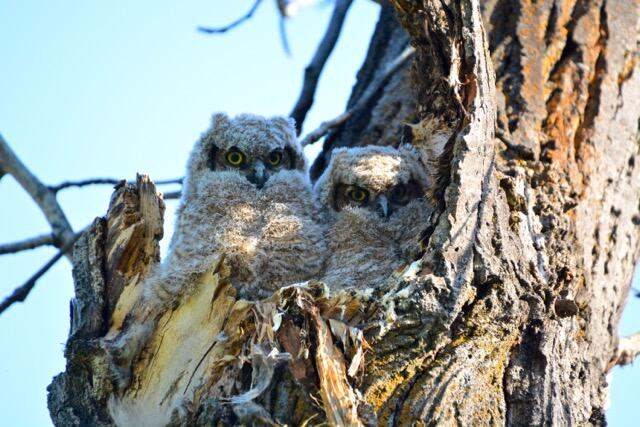
Why Do Owls Nest So Early?
Nesting early naturally entails some risk. Eggs must be kept warm and incubated, which can be a challenge when the temperature is in the single digits and snow is falling.
Female owls stay on the nest for prolonged periods (and when they leave to hunt, the male will take over).
If the eggs become too cold, they won’t hatch. This is why most birds wait until temperatures are warm and mild.
So: why nest early?
Owls are large birds. It takes them longer to grow and mature than, say, a songbird.
Young great horned owls must also master complex hunting maneuvers. They are equipped with superb senses – researchers have found that a great horned owl can hear a mouse rustling at 900 feet – but hunting still involves learning, trial and error.
Early hatching means they’re ready to practice their flying and hunting skills when the weather is mild and prey is abundant.
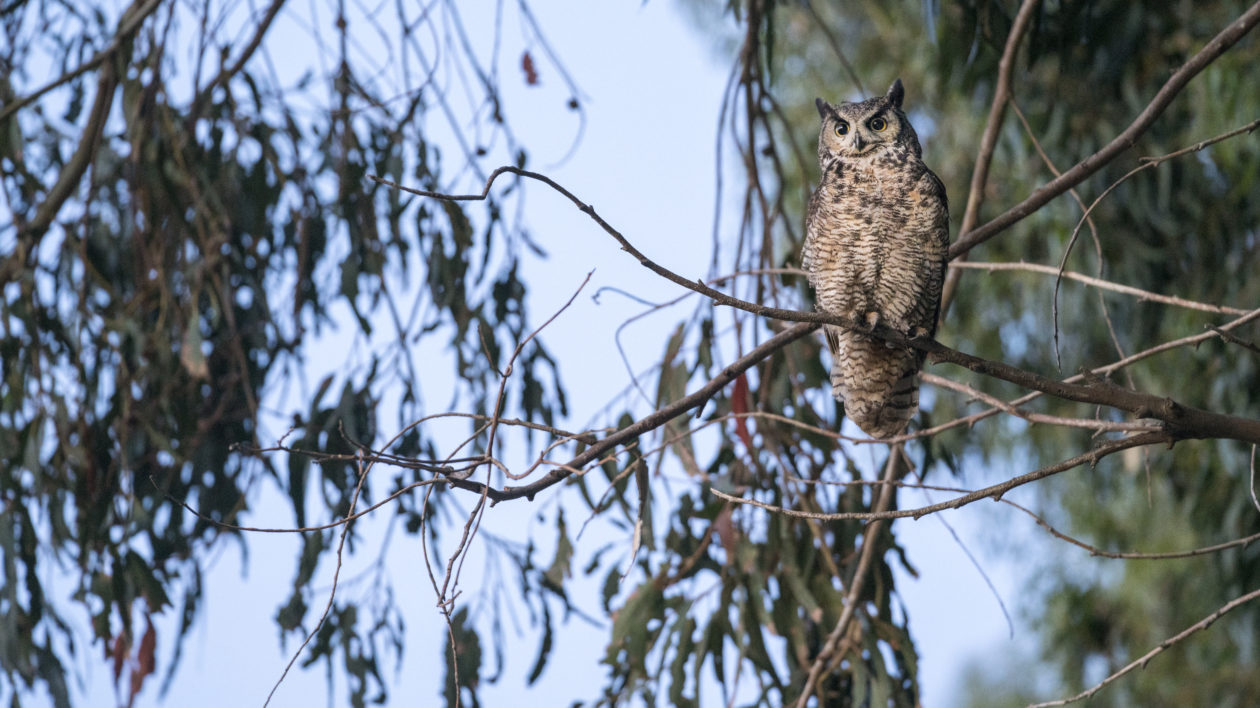
Enjoying the Owl Show
There’s likely a great horned owl territory near you. Now you just need to find it.
While owls can live in a variety of habitats, you won’t find them just anywhere. Focus on the edges. Owls prefer to have a good vantage point – a place where they can see out over the terrain.
Trees that overlook an open area are ideal. In particular, try to find a big-limbed tree that has shed its leaves (or a dead one). You can often find owls roosting there.
You can do a bit of scouting, too. Owls regurgitate the indigestible hair and bones of their prey: called owl pellets. You can often find a number of these pellets below preferred trees. (You can often reassemble the bones of mice by dissecting an owl pellet, another fun wintertime activity).
Of course, the easiest way to spot owls is not by looking, but listening. Those haunting hoots carry a long way. Sometimes you almost feel those hoots before you see them.
Once you hear the hooting, look carefully in likely trees, and you may be able to see the distinctive profile of the owl. Look through a binocular, and don’t be surprised if the owl is staring back at you.
It pays to quietly observe the owls for a while. I’ve been able to watch some interesting behavior, including owls mating.
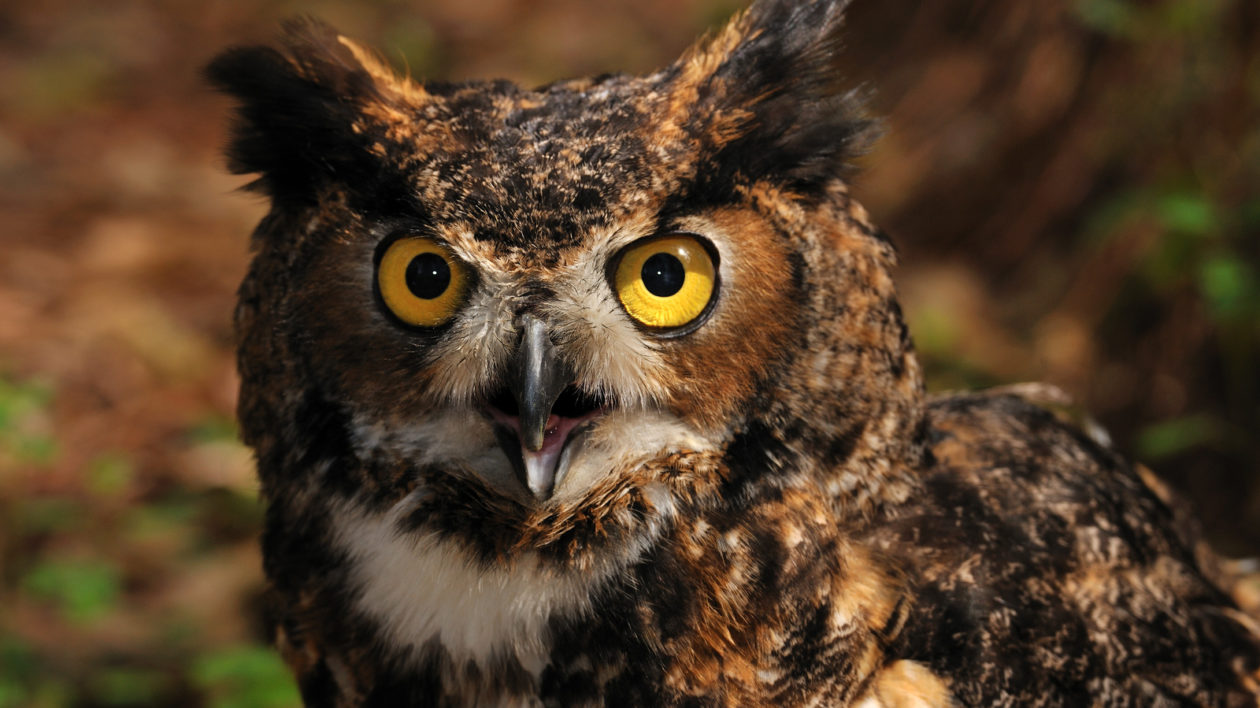
Photo © Mark Conlin, courtesy of Tallahassee Natural History Museum
My Owl Connection
Family lore holds that, long before I could utter words, I would lie in my crib and hoot like an owl. Perhaps my naturalist path was set, even then.
That story has been in my thoughts this year, as I prepare for the birth of my own son. The great horned owls, it seems, are everywhere. I see them perched on trees around our home and along the greenbelt jogging path; hear their calls in the canyons and river bottoms.
I’m always alert to the local wildlife, but this year, I can’t help but pay extra attention to all that owl activity.
I wake up in the middle of the night, thinking of my son and the world he’ll inhabit. And then, there it is: that deep hoot, hoot, hooting.
It seems to fill the room.
I snuggle under the covers and smile, filled with the hope that my son will find such comfort and joy in the wild things and their always-interesting ways.
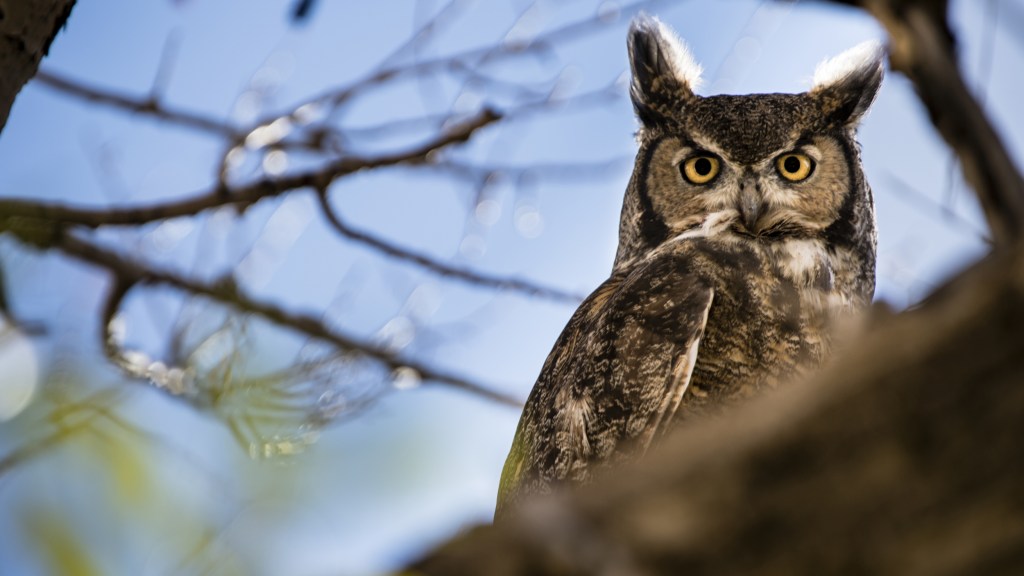



Join the Discussion